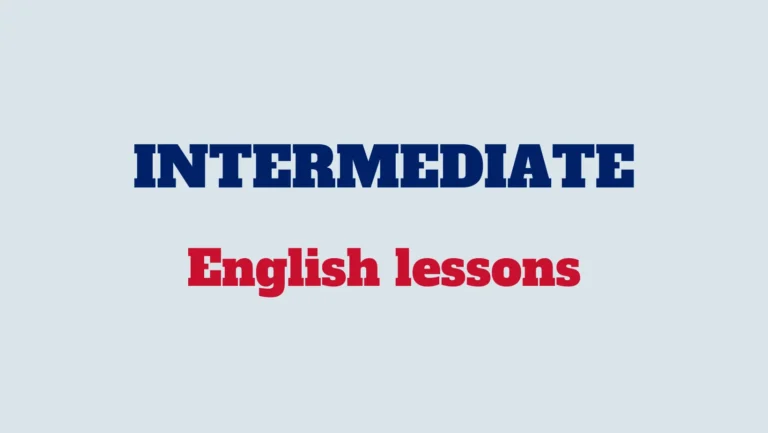In this lesson, we’ll uncover the meanings and distinctions between the confused words: “Ante” and “Anti.” While both words are short and start with the prefix “anti-“, they have distinct definitions and usage in English. Understanding the difference between them is crucial for accurate communication, especially when discussing concepts related to time or opposition.
Word 1: Ante
Definition:
“Ante” means before or in front of something. It is often used in contexts related to time, indicating a period before a specified event, especially in terms of the division of the day.
Examples of Use:
“The abbreviation A.M. stands for ante meridian, which means before noon.”
“Players must place their bets before the cards are dealt as part of the ante in poker.”
“The meeting is scheduled for 10 A.M., so please arrive a few minutes ante to ensure punctuality.”
Word 2: Anti
Definition:
“Anti” means against or opposed to something. It is commonly used to denote opposition to a particular idea, belief, practice, or substance.
Examples of Use:
“To combat the poison effectively, the doctor needs an antitoxin, a substance that works against the toxic effects.”
“The protest was organized by anti-war activists who oppose military intervention.”
“This medication is an antihistamine, which means it works against the effects of histamine in the body.”
Summary:
In summary, “ante” means before or in front of something, particularly in relation to time, while “anti” means against or opposed to something. While “ante” is associated with temporal positioning, “anti” denotes opposition or negation. Understanding the distinction between “ante” and “anti” is essential for clear communication, particularly when discussing concepts related to time or opposition in various contexts.



